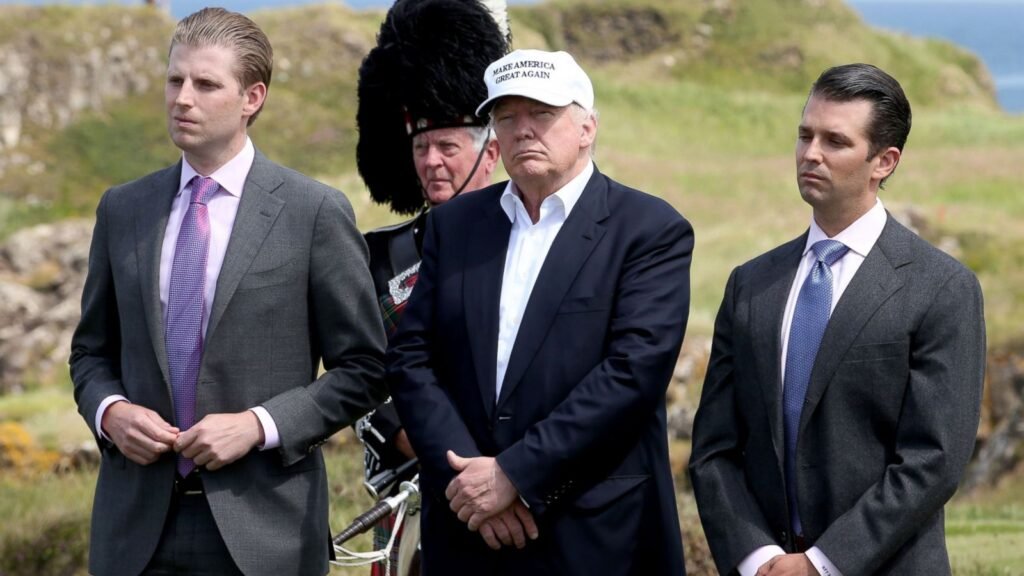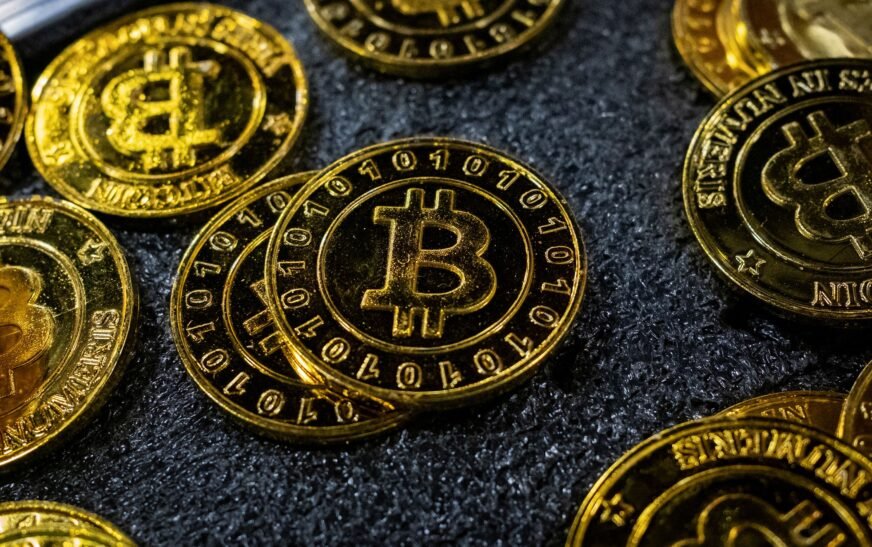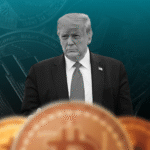The crypto industry is witnessing a resurgence in the United States, fuelled by a pro-crypto political climate under President Donald Trump. One of the most high-profile developments in this revival is the planned Nasdaq listing of American Bitcoin, a cryptocurrency mining venture backed by Eric Trump and Donald Trump Jr. The move signals a broader trend: the convergence of traditional finance and crypto, with companies increasingly using equity markets to raise capital for digital asset accumulation.
American Bitcoin: Trump Sons Lead New Crypto Push
Formed in late March, American Bitcoin emerged from a rebranding of American Data Centers, previously a wholly owned subsidiary of Dominari Holdings. The company entered into a joint venture with Hut 8, another mining firm, to create a platform focused on mining and building a strategic reserve of Bitcoin.
In a bold step towards public investment, American Bitcoin has announced an all-share merger with Gryphon Digital Mining, aiming to become what it calls “the most investable Bitcoin accumulation platform in the market”. Shares in Gryphon soared by as much as 350% in early New York trading following the announcement.

Eric Trump, who co-founded the new venture with his brother, will stay on as Chief Strategy Officer in the combined entity. Speaking on the development, he said the goal was to offer investors access to a purpose-built, scalable platform that aligns with long-term value creation in one of the “most important asset classes of our time”.
BTC Inc and KindlyMD Join the Rally
In a separate but equally telling move, BTC Inc—the company behind Bitcoin Magazine—announced a strategic merger involving its blank cheque investment firm, Nakamoto Holdings, and KindlyMD, a Nasdaq-listed opioid healthcare company. The deal aims to raise $710 million in equity and convertible debt, which will be used to purchase Bitcoin for its corporate treasury.

The announcement sent KindlyMD shares soaring by 375%, underlining the market’s enthusiasm for crypto-tied equity plays. David Bailey, BTC’s CEO, said the merger was part of a broader mission to bring Bitcoin into mainstream capital markets. “The securitisation of Bitcoin will redraw the world’s economic map,” Bailey stated, highlighting Nakamoto’s vision to make Bitcoin accessible through equity, debt, and hybrid financial structures.
Bailey was instrumental in securing Trump’s appearance at a major crypto conference last year, where the president laid out policies that have since drawn support from key players in the digital asset industry.
Trump’s Pro-Crypto Stance Shapes Industry Momentum
Since returning to office, President Trump has softened regulatory approaches to digital assets and openly supported the crypto sector. He has positioned the United States as the future “crypto capital” of the world. This shift has spurred both policy changes and private sector action.

Trump and his sons have previously launched or supported their own digital assets and platforms, leveraging their political and media influence to legitimise cryptocurrencies. With the Nasdaq listings and equity strategies now being employed by American Bitcoin and BTC Inc, Trump’s backing is being translated into tangible capital market activity.
The president’s administration has reportedly pulled back on aggressive enforcement, creating a friendlier environment for innovation and growth. The impact is evident in Bitcoin’s performance—surging over 35% to $104,280, buoyed by wider market optimism and a temporary easing of US-China trade tariffs.
More Players Join the Crypto Investment Boom

The crypto equity wave isn’t limited to American Bitcoin and BTC Inc. Brandon Lutnick, son of US Commerce Secretary Howard Lutnick, is launching a listed Bitcoin acquisition vehicle in partnership with SoftBank and Tether. With a pro forma enterprise value of $11 billion, the venture is reportedly worth more than double the market value of the 42,000 Bitcoins it intends to hold.
Meanwhile, Sol Strategies, a Canadian-listed firm, and Upexi, already on Nasdaq, have each raised funds in recent months to invest in Solana-linked tokens—a blockchain often used for memecoins and decentralised apps. Since their announcements, both companies have seen their share prices triple, showcasing investors’ appetite for exposure to digital assets through conventional market mechanisms.



















































